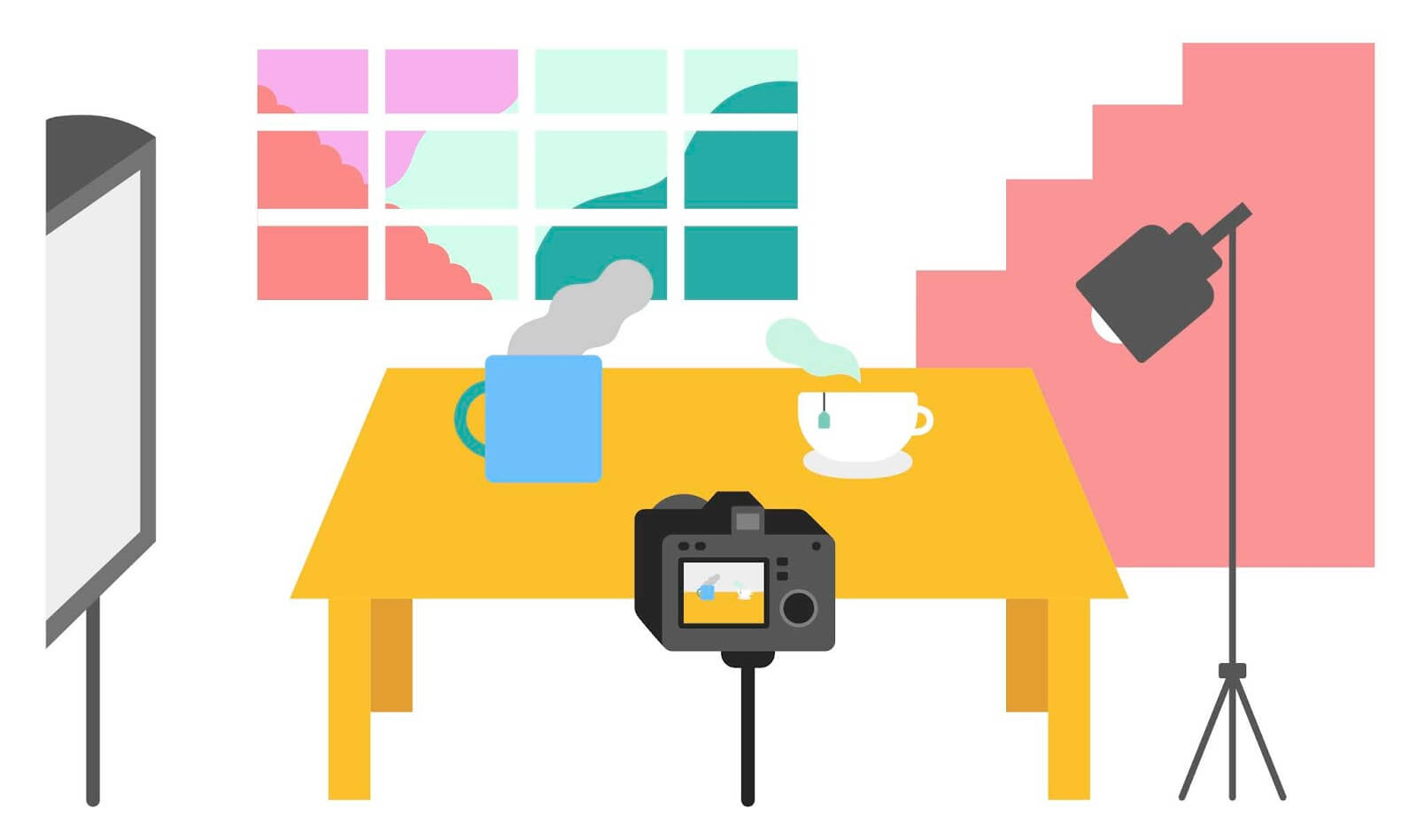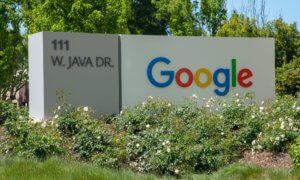Copyrighted material is easy to spread around online and YouTube, being arguably the largest platform for video creators out there, is now re-thinking the way it is handling manual copyright claims.
“[…] we are also still very concerned about Article 13 (now renamed Article 17) — a part of the Copyright directive that recently passed in the E.U.While we support the rights of copyright holders—YouTube has deals with almost all the music companies and TV broadcasters today—we are concerned about the vague, untested requirements of the new directive.” YouTube’s Susan Wojcicki said in a blog post. “It could create serious limitations for what YouTube creators can upload. This risks lowering the revenue to traditional media and music companies from YouTube and potentially devastating the many European creators who have built their businesses on YouTube.”
Those who own copyrighted content will now have to point out where exactly in a video their copyrighted material makes an appearance – something that they didn’t have to do before. In the past, the creators had to search through lengthy videos to find out what part was even the problem in the first place.
The fact that copyright owners didn’t offer all the necessary details made it hard for the content creators to make sure they completely eliminated the cause of the report and often found themselves having to wait for a while before they received an answer as to if the claim was resolved or not.
Now it will be much easier for any video creators to check if the report is legitimate and subsequently edit the content, lest they will have to face the wrath of YouTube and have their content demonetized or completely taken down.
With this new change the system is expected to operate smoother than before but the lingering issues that blossom from copyright claims have been the plague of many a content creator: YouTubers have complained in the past that they had been served up with copyright claims over even a few seconds of a song that happened to play in, say, a store, in the background of their video.
YouTube also slams copyright violations on content creators via automatic copyright detection but these automated reactions often come accompanied by timestamps that help the creators fix their mistakes faster.
However, this change does not completely deal with the many faces copyrighted content takes across the platform: a number of creators break down songs and even movies for educational purposes, such as discussing film scenes, editing or how musical scores are produced. These sort of videos are often taken down or forced to share a part of their revenue with the copyright owner.
Follow TechTheLead on Google News to get the news first.























